D.J. Svoboda
My name is D.J. Svoboda, and I am an artist diagnosed with Autism. I am the creator of the Imagifriends of Imagiville. The Imagifriends of Imagiville are based on the experiences I have faced during times at school. There were days at school when I was made fun of, and when I was picked on and treated mean. Those made me feel very sad and hurt. That is how I got the idea of the Imagifriends of Imagiville.& Now I want to share my experiences to help open people’s minds, hearts, and souls to have more compassion and awareness for Autism.
Figure 1. The Wobbling Saruvogoo
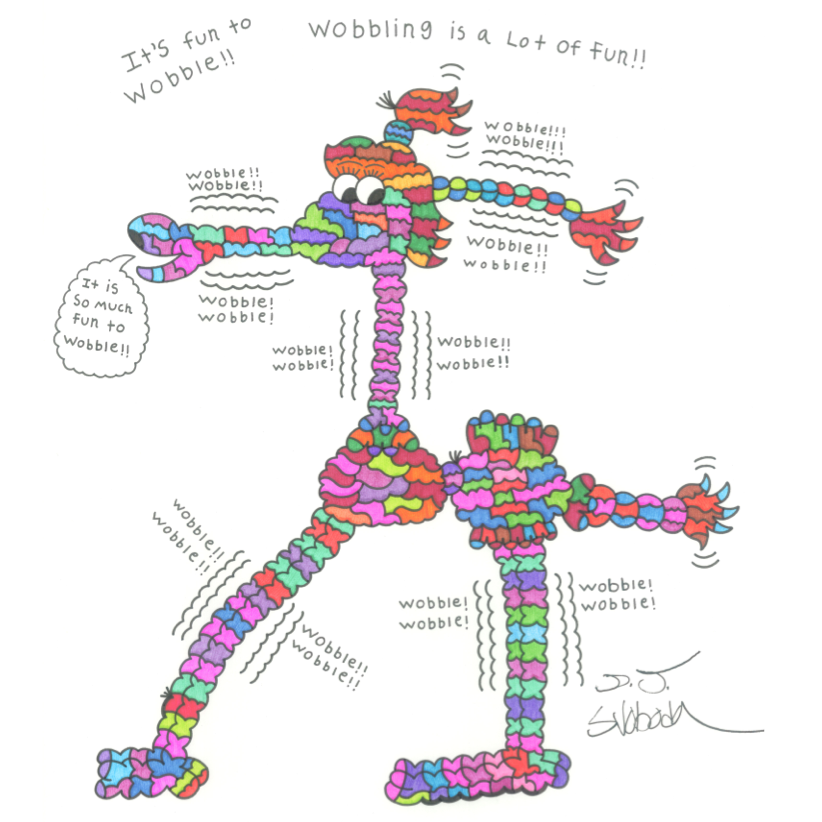
This is a Very Cheery Friend who always Loves to Wobble. No, it is not because she is Clumsy, No Way! It is because she is so full of Cheer and excitement that she always loves to Wobble for Fun and to show Her Cheer and Joy. When you see Her Wobbling you will also ssee that she is full of Great Joy and also Great Cheer!!
All those with Autism and Disabilities and Special Needs show and express their feelings in different ways.
When I am filled with Excitement and cheer I love to shake and Dance and even Wobble too.
Figure 2. The Happy Waving Habfredook
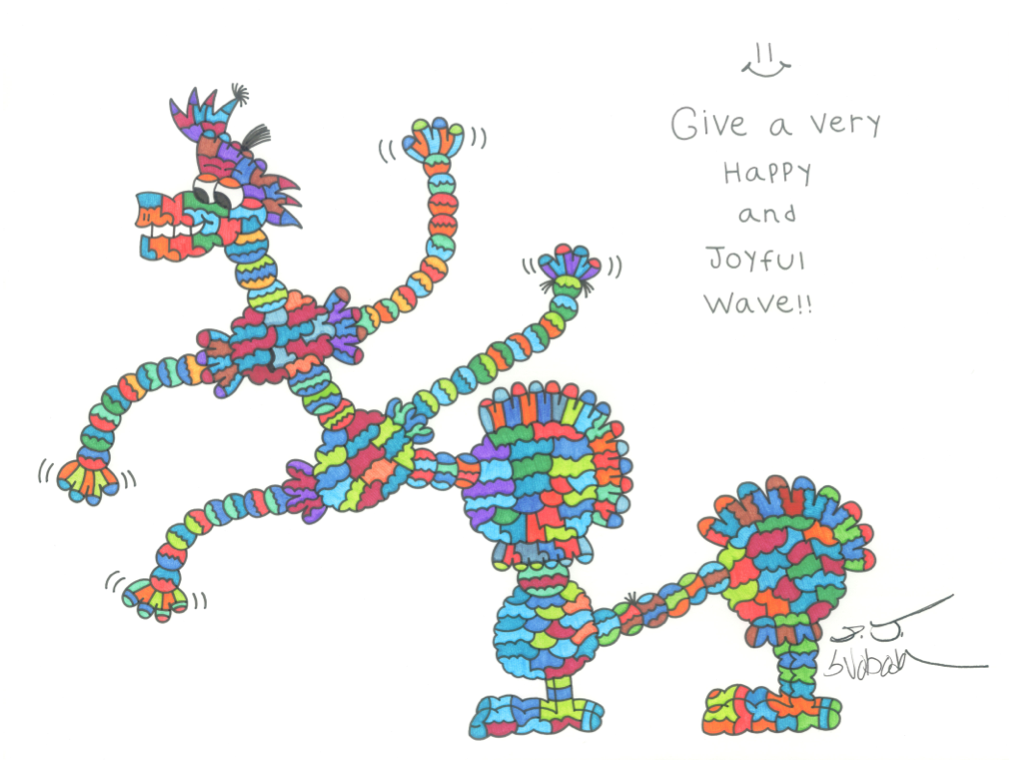
This is a Very Happy Friend who always loves to Smile and Wave Everywhere He goes. When He waves He loves to show Joy and Care and Kindness. He also Loves to Wave because it makes his Hands feel really good, But most of all he loves to Wave to everyone He sees, He even Loves to Wave to You too!!
Even all those with Autism and Disabilities and Special Needs show Happiness and Care and Kindness in so many different Ways.
I love to Wave and Smile to Everyone I see because it is one of the ways that I love to show Joy and Care and Kindness and Happiness too.
Kevin Hosseini
Figure 3. Bella
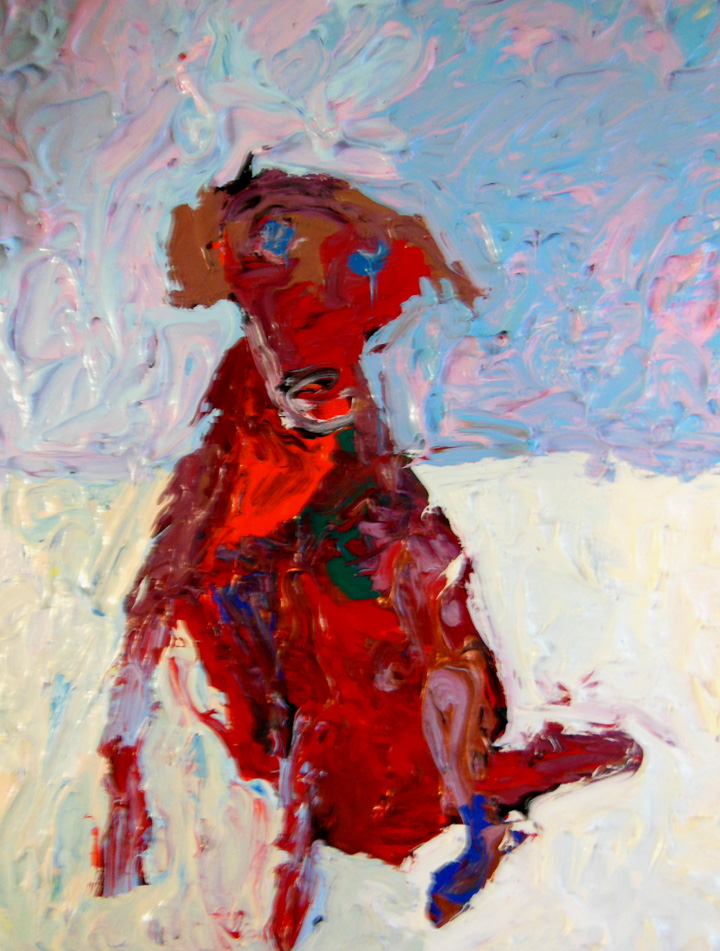
I like to paint with thick paint. This is my favorite dog Bella who I used to play with. Bella was my tutor Keith’s dog. Keith worked for the Koegel Autism Center.
Noah Schneider
Figure 4. 60s Still Life
My autism has influenced my art because my disability makes me think of creative ideas from my imagination that other people do not think of. I think differently from kids who don’t have autism because I already know what I want to do in my future. In general, a lot of kids who don’t have autism don’t know what to do with their lives. I started loving art when I was in 7th grade in Middle School. Everyday throughout my life I always create art and I like anything that deals with art.
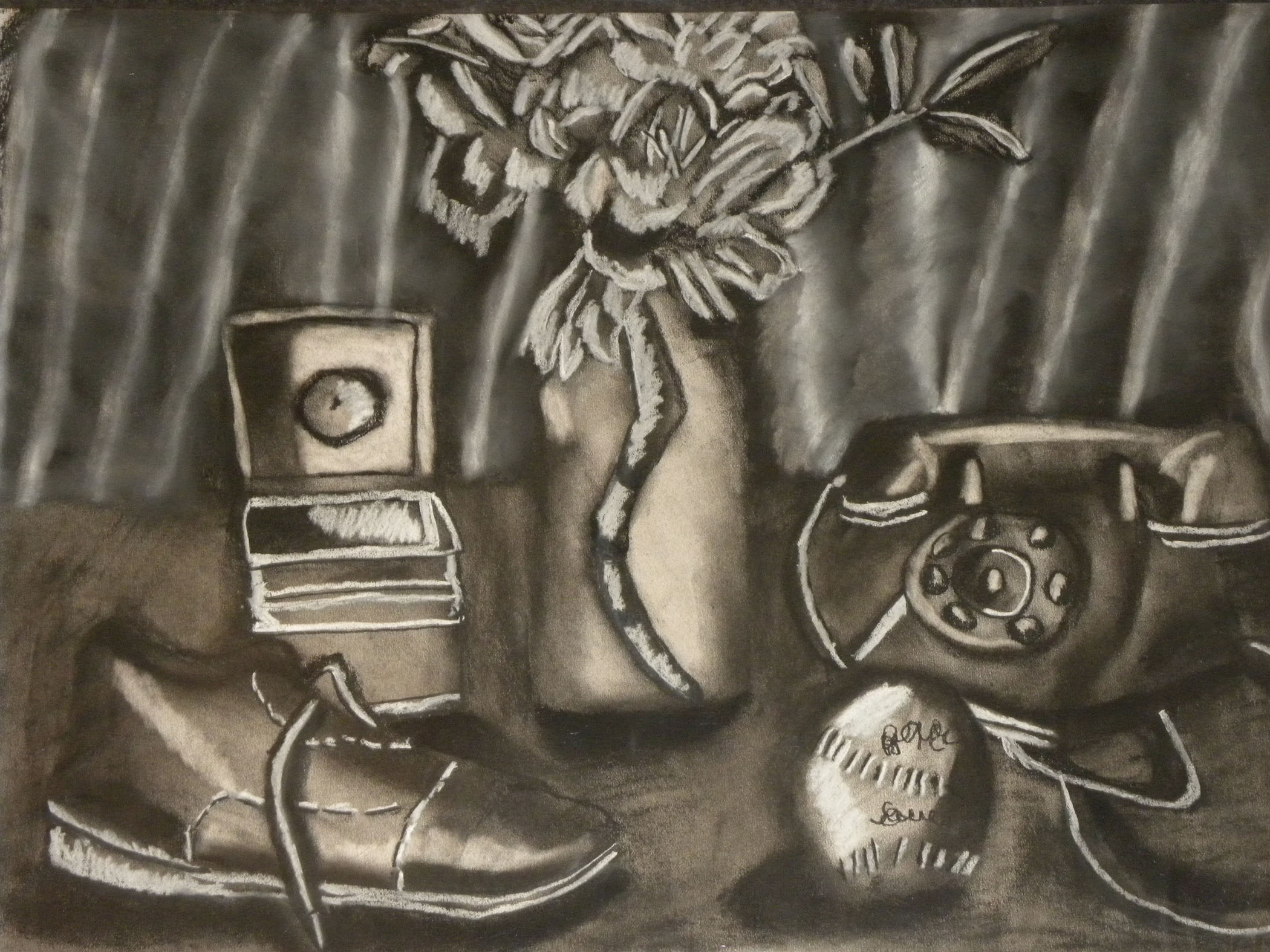
Figure 5. Peanut Butter

Emily Casanova
Figure 6. Dying
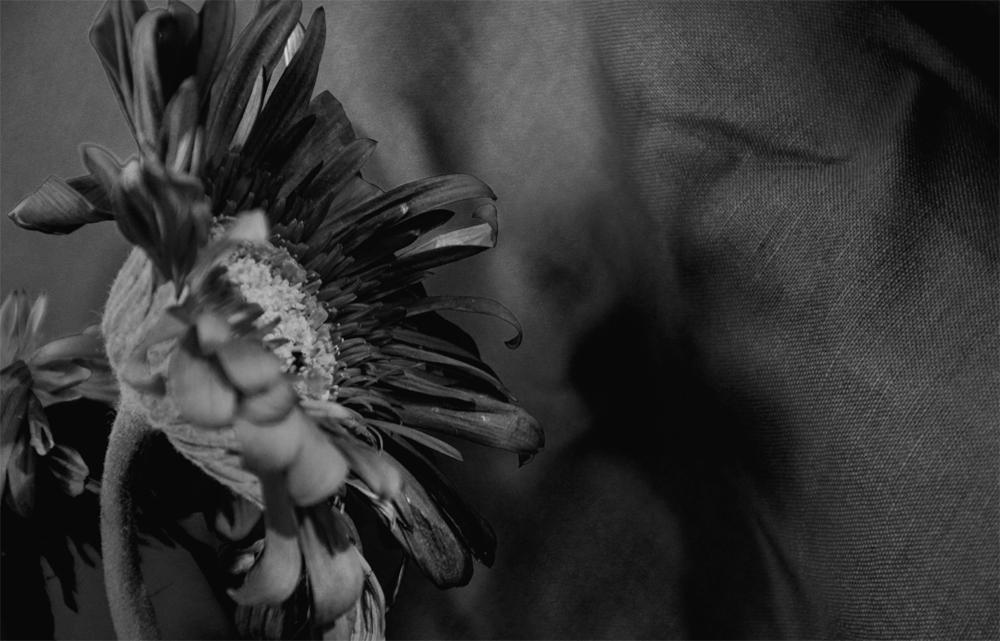
Figure 7. Beautiful Ladies
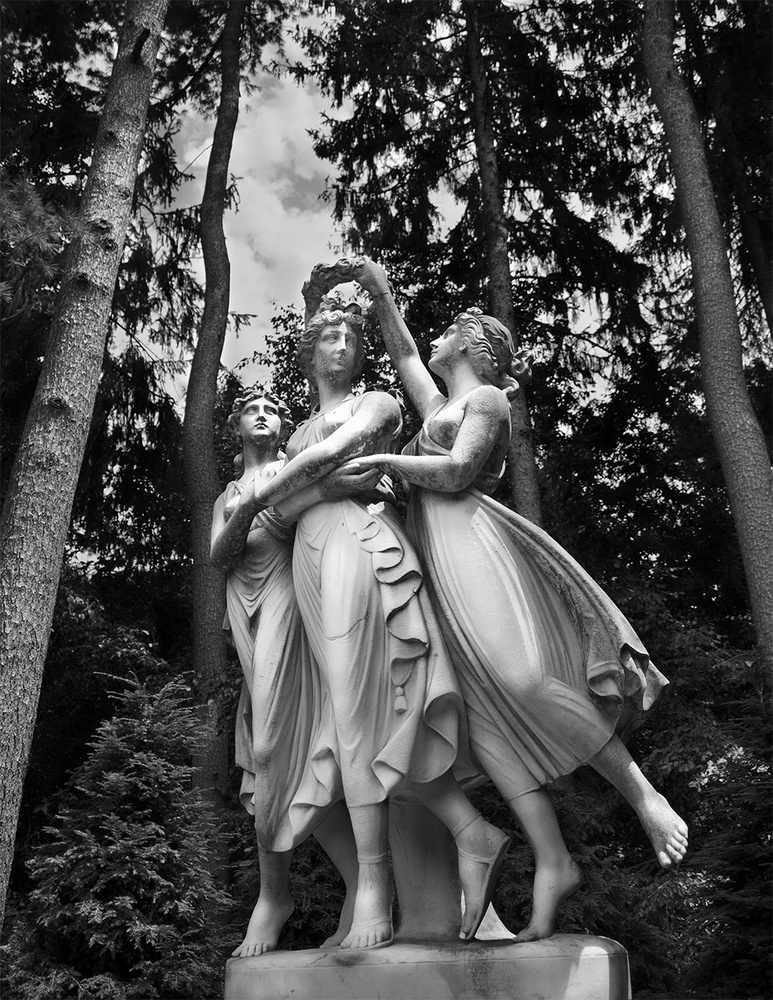
Figure 8. Beluga Whale
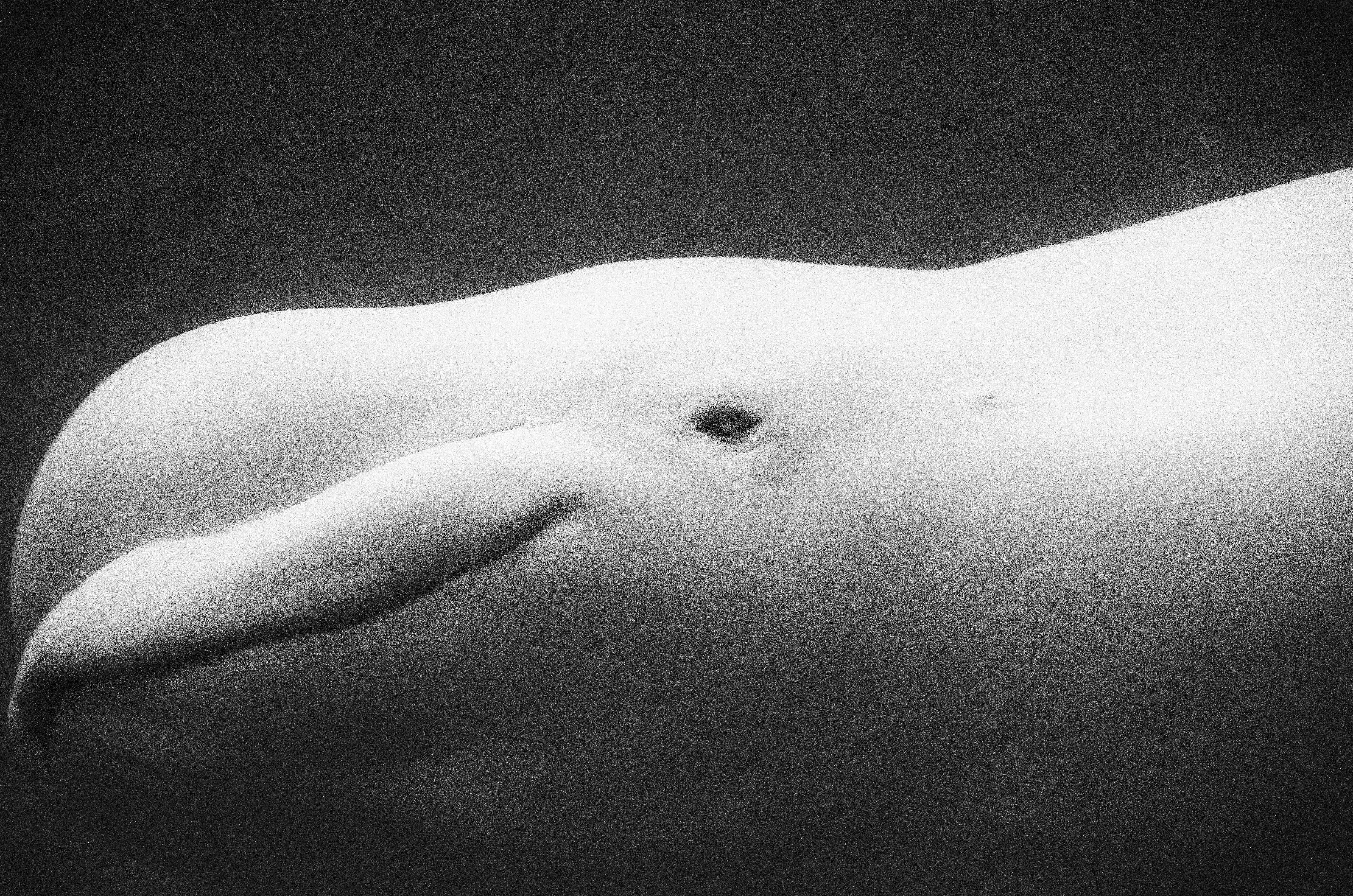
Kay Aitch
During encounters with drunken old men on trams, who grasp my hand and ramble in slurred speech, I explain that I am a surrealist. If the drunk knows nothing about this he holds my hand tighter still, leans forward and nods knowingly; if the drunk knows something about art he lets go of my hand and leans back quietly—realizing that I am probably weird.
For me, being a surrealist means encountering everyday life with an exuberance of curiosity, excitement, and fear, along with an unexplainable but overwhelming desire to communicate with others through art. The intention is not for others to understand me but in the hope of connecting with the viewer on a level deeper than conscious rational thought.
I work across a variety of media; I do however have a preference for working with or on paper in some way. My preliminary work is often an expression of my day-to-day experience, which I record through drawing and photography—sketchbook and camera notes that I often process on the computer as ideas develop—maybe then through paint, digital print, sculpture, a textile piece, or an interweaving of techniques. I produce work for exhibition, commission, illustration, and installation.
I often use the technique of drawing without looking at the paper, as this helps me to concentrate much more closely on observing the subject of my drawing. Developing the ability to observe more closely helps to excite my imagination and inspire my creativity. Drawing helps me to focus in the moment, as with the concept of mindfulness. It is therefore the foundation of the workshops which I run—Drawing for Well Being.
Figure 9. Hand with Eyes
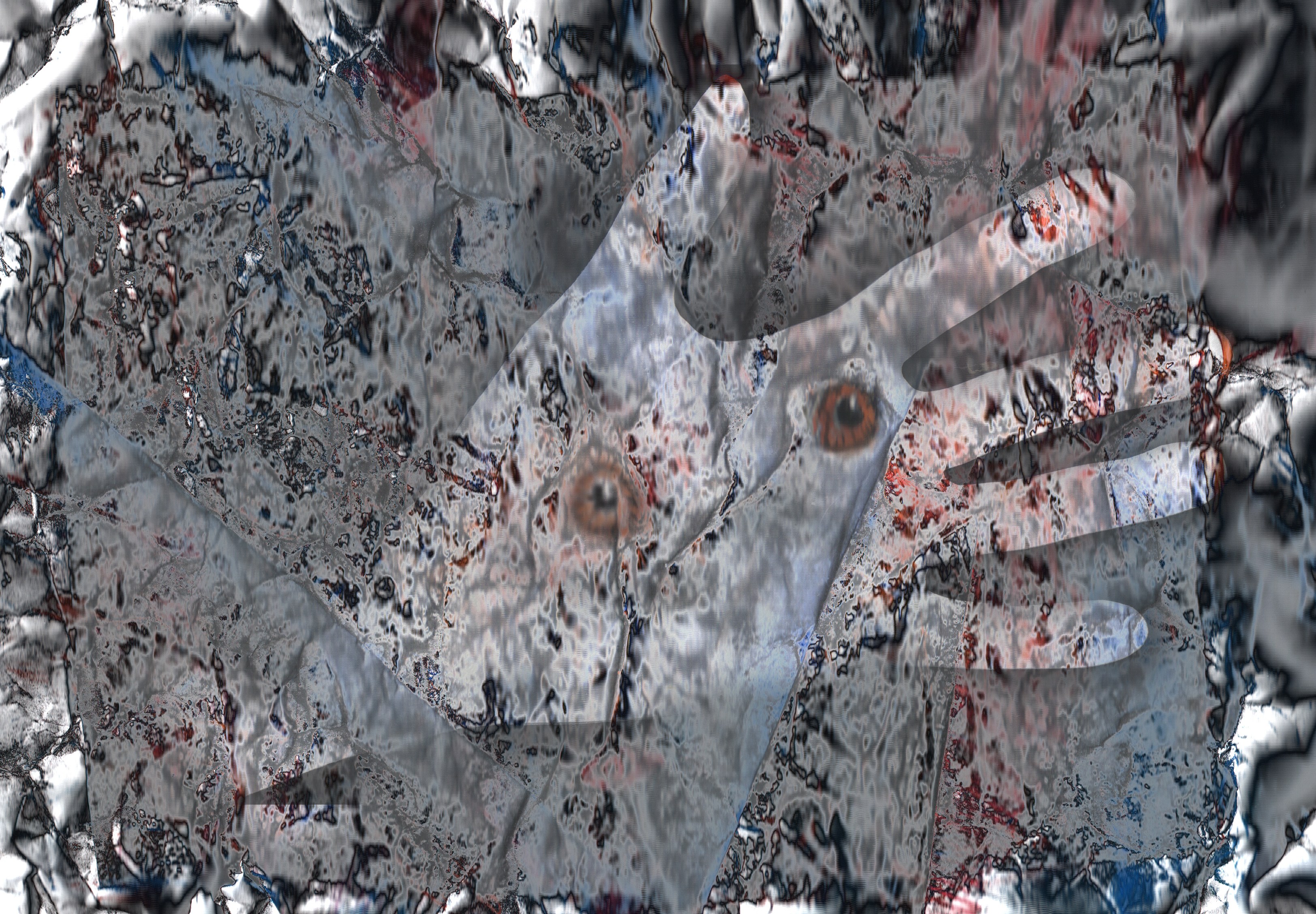
I think of my self portrait as being of my hands—I can see my hands, they are my direct contact with the world, whereas I only see my face in the mirror.




